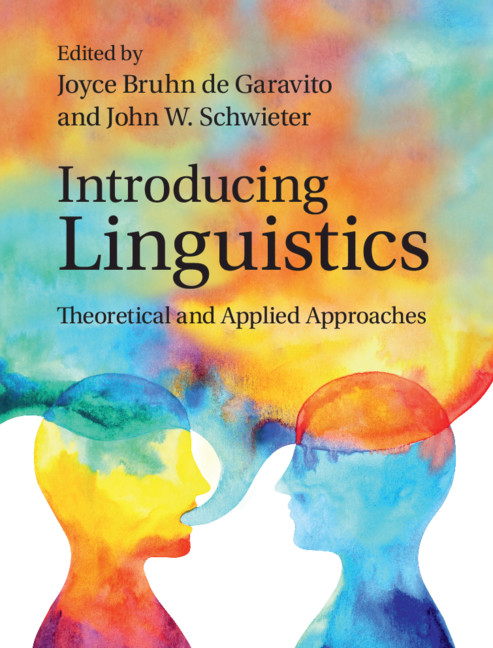Introducing Linguistics
Theoretical and Applied Approaches | 1st Edition
Joyce Bruhn de Garavito and John W. Schwieter
Everything we do involves language. Assuming no prior knowledge, this book offers students a contemporary introduction to the study of language. Each thought-provoking chapter is accessible to readers from a variety of fields, and is helpfully organized across six parts: sound; structure and meaning; language typologies and change; language and social aspects; language acquisition; and language, cognition, and the brain. The chapters feature illustrative tables, figures and maps, along with three types of pedagogical boxes (Linguistic Tidbits; Pause and Reflect; and Eyes on World Languages) that break up text, contextualize information, and provide colourful accents that give real data from languages across the globe. Key words are bolded and defined in a glossary at the end of the book, while end-of-chapter summaries and practice exercises reinforce the key points discussed.
This companion website offers three additional brief chapters on language and computers; animal communication; and dialectal varieties of English. It also contains a student resources area, with ‘Delving Deeper’ information for each chapter, answers to the ‘Pause and Reflect’ questions, and additional resources such as tree-drawing software and audio files to demonstrate examples given in the book.
Additionally there is an instructor resources area, containing PowerPoint lecture slides for each chapter, test banks, and solutions to the main exercises in the book.
Reviews & endorsements
"This textbook provides an excellent overview of language, language use, and the analytical toolkit of theoretical linguistics. The well-chosen examples and the many thought-provoking exercises provide the reader with a wonderful overview of not only the kind of phenomena observed in languages across the world, but also of how languages are used, of how they change over time, and of how they are acquired."
"This is an excellent textbook to introduce readers to linguistics. It is very engaging and fun to read and its up-to-date coverage of the field is outstanding. I highly recommend it for students taking linguistics as an elective or part of their program."
"In teaching both social theory and ethnographic methods courses, I have long sought a volume that gives a broad overview of linguistic knowledge while illustrating the profoundly social nature of all language. With this book, students in these foundational courses can clearly perceive, and then put into practice, linguistic knowledge that will enhance all aspects of their work."
"Everyone is interested in language, and for those lucky students who get to study linguistics in college, this is a superb introduction to how we express ourselves and understand each other."
"Introducing Linguistics, by Bruhn de Garavito and Schwieter offers a fresh yet comprehensive look at the study of linguistics. Often viewed as a difficult area, the authors’ approach is organized and addresses the major topics of language acquisition from both an academic and a social perspective. This structure is well-developed and allows the reader to focus on specific topics under the major headings. It promises to be a useful tool for the student who is not familiar as well as those who are well-versed in linguistics."
"A comprehensive and comprehensible introduction to linguistics and related fields. The text is interspersed with thought-provoking and intriguing boxes of information, which help to make the chapters interesting and accessible. Highly recommended as an introductory textbook for people with no background in the field."

